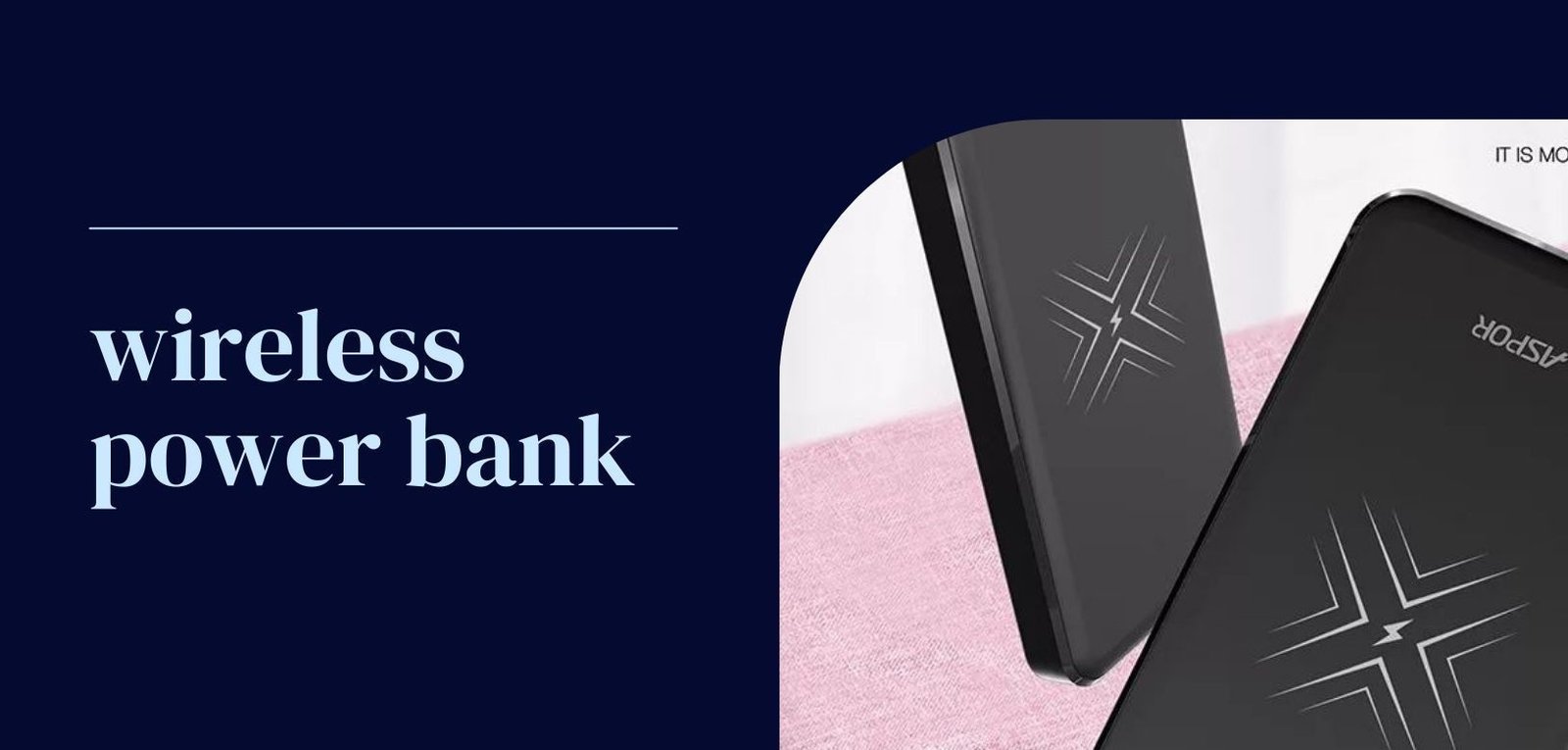
Are you tired of running out of battery power on your mobile devices when you need them the most? Do you want to stay connected and productive on the go, without worrying about finding an electrical outlet or a charging cable? If so, you need a power bank. But how do you choose the best one for your needs and budget? In this guide, we will help you find the answer.
What is a power bank and how does it work?
A power bank, also known as a portable charger, is a battery pack that you can use to recharge your mobile devices, such as smartphones, tablets, and laptops, without requiring a power outlet. It works by storing electrical energy in its internal cells and then releasing it to your device via a USB cable or a wireless connection. The capacity of a power bank is measured in milliampere hours (mAh) and determines how many times it can charge your device or how long it can extend its battery life.
What are the key factors to consider when choosing a power bank?
There are several factors that you should take into account when selecting a power bank, including:
Capacity
The capacity of a power bank determines how much electrical energy it can store and release. Generally, the higher the capacity, the more times you can recharge your device or the longer it can last. However, a higher capacity also means a larger and heavier power bank, which may not be convenient to carry around. Therefore, you should balance your needs with your portability preferences and choose a power bank with a capacity that meets your requirements.
Output voltage and current
The output voltage and current of a power bank determine how fast it can recharge your device and how compatible it is with different types of devices. Ideally, you should choose a power bank with an output voltage and current that matches or exceeds the requirements of your device. For example, if your device requires a 5V/2A input, you should choose a power bank with at least a 5V/2A output.
Charging speed
The charging speed of a power bank depends on its capacity, output voltage and current, and the charging protocol used by your device. Some power banks support fast charging technologies, such as Qualcomm Quick Charge or Power Delivery, which can significantly reduce the charging time of compatible devices. However, not all devices support these technologies, and not all power banks are compatible with them. Therefore, you should check the specifications of your device and the power bank before making a purchase.
Portability and durability
The portability and durability of a power bank are also important factors to consider, especially if you plan to use it frequently or in challenging environments. A good power bank should be compact, lightweight, and easy to carry in your pocket, purse, or backpack. It should also be made of high-quality materials that can withstand impacts, scratches, and water splashes. Some power banks also come with additional features, such as LED flashlights, digital displays, or built-in cables, which can enhance their usability and convenience.
Conclusion
In summary, a power bank is a useful and convenient accessory that can help you stay connected and productive on the go. To choose the best power bank for your needs and budget, you should consider factors such as capacity, output voltage and current, charging speed, portability, and durability. You should also compare different brands and models based on their features, reviews, and warranties. By following these guidelines and using our recommendations, you can find the right power bank that can outrank other websites and enhance your mobile experience.




